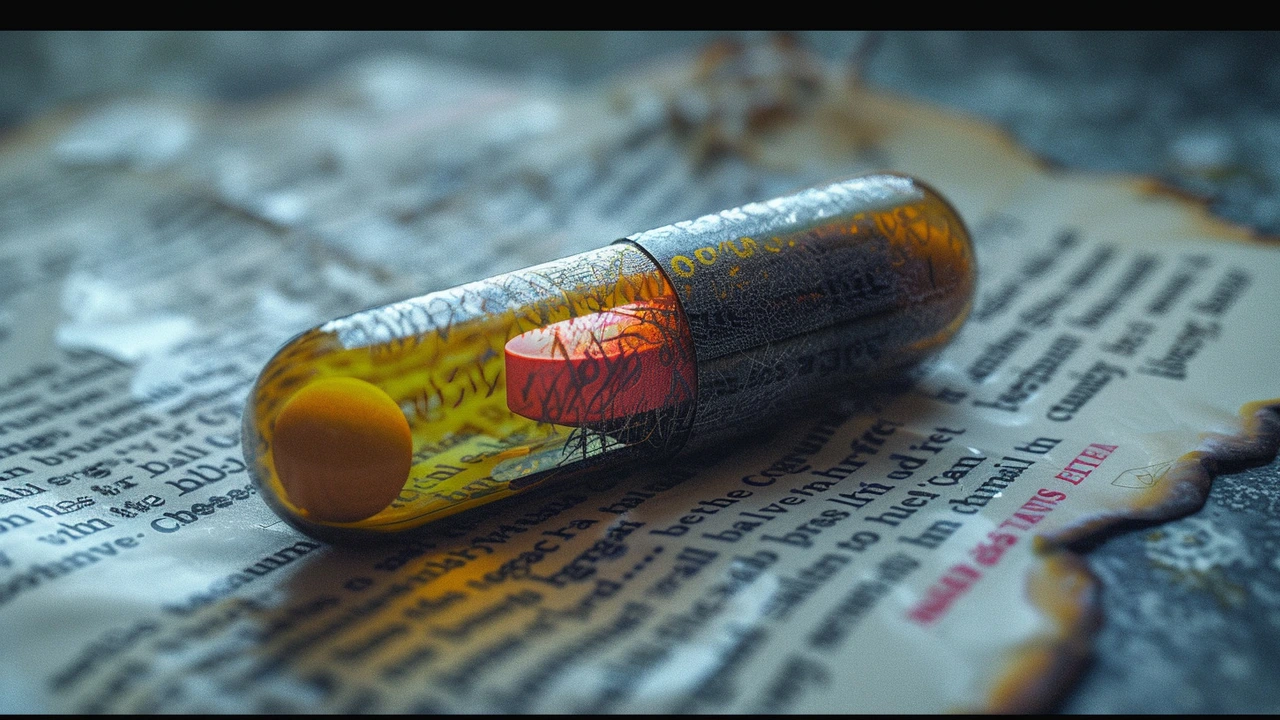In a striking revelation, a West Yorkshire coroner has highlighted a potential lethal side effect of the antibiotic ciprofloxacin, linking it to suicidal behavior. This warning follows the tragic death of Dr. Robert Stevenson, who was prescribed the drug prior to his suicide. The incident has called for a reevaluation of the current medical guidelines surrounding the antibiotic's use.
MHRA Guidelines: What You Need to Know When Buying Medicines Online
If you buy medicine online in the UK, MHRA rules are the basic safety guide you should follow. MHRA licenses medicines, tracks side effects, shuts down unsafe sellers, and gives clear advice about imports and controlled drugs. Learning a few checks helps you spot fake sites, avoid illegal purchases, and protect your health.
Check the product licence number first. Licensed UK medicines show a Product Licence (PL) number on the box and leaflet; legitimate product pages will list it too. If a site can’t provide a PL number or the packaging looks different from the official brand, treat it as suspicious.
Check the seller. UK pharmacies must register with the General Pharmaceutical Council (GPhC), so a trustworthy online pharmacy shows its GPhC number, physical address, pharmacist contact, and clear terms. If the site hides contact details or operates from a suspicious country, don’t order.
Prescription-only medicines should require a valid prescription from a UK prescriber. MHRA guidance makes this clear: offering POMs without a prescription is illegal and dangerous. Sites that sell POMs after a short quiz or without asking for a scanned prescription are often unsafe.
Controlled drugs have tighter rules. Importing controlled substances for personal use is restricted and may need special licences; check MHRA or ask your GP first.
Quick safety checklist
Before you hit buy, do these steps: confirm PL number; check GPhC registration; verify a prescription is needed; read the patient leaflet and dosage; match price and packaging to official sources. If something feels off — too cheap, no contact info, no leaflet — stop and ask your GP or local pharmacist.
The MHRA also runs the Yellow Card scheme to report side effects and suspected fake medicines. If a medicine makes you sick or looks tampered with, report it to Yellow Card and keep the packaging. MHRA can investigate and remove dangerous products from the market.
How to report problems and where to check rules
Use the MHRA Yellow Card scheme to report side effects or suspected fake medicines. You can report online or via the Yellow Card app. Keep the box and leaflet, note batch numbers, and save receipts. To report suspicious websites or sellers, use the MHRA reporting page or contact local trading standards and the police for criminal cases.
Where to find official info? The MHRA website lists guidance on importing medicines, clinical trials, licensing, and safety alerts. The GPhC website helps you check pharmacy registration.
Practical tips: keep prescriptions and receipts, check expiry dates, look for PL numbers, and ask your pharmacist to confirm the drug name and strength. If you must import a medicine, get written advice from a clinician first.
Following MHRA guidance cuts your risk. A few checks and one quick report can stop dangerous products reaching other people.
If you want to learn more, bookmark MHRA news and safety alerts, and follow their social channels for urgent recalls. For buying abroad, be careful: different countries have other rules and lower standards. When in doubt, your GP or a registered UK pharmacist is the quickest way to check a medicine is legitimate and safe.
Small checks save lives — don’t skip them. Ask questions until you feel comfortable and confident.

